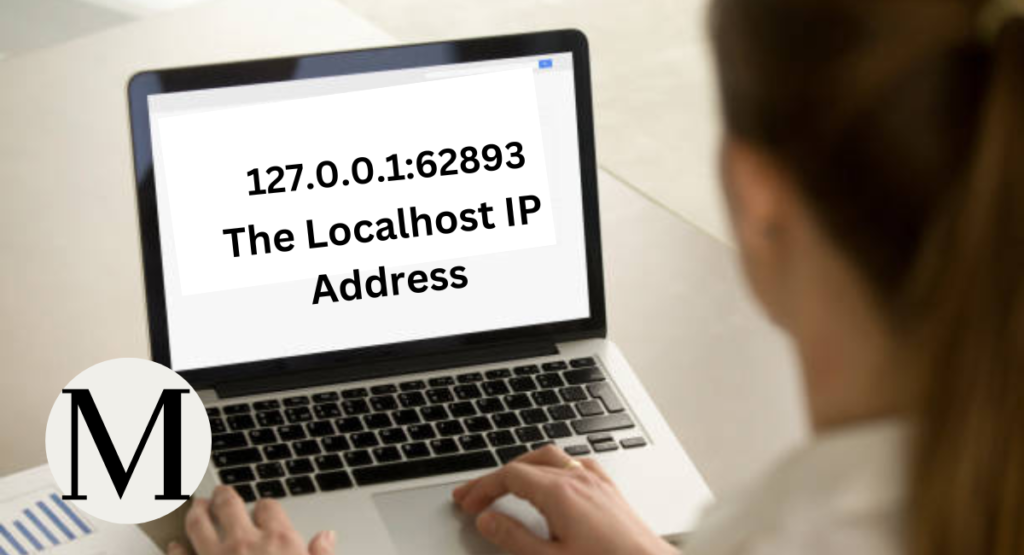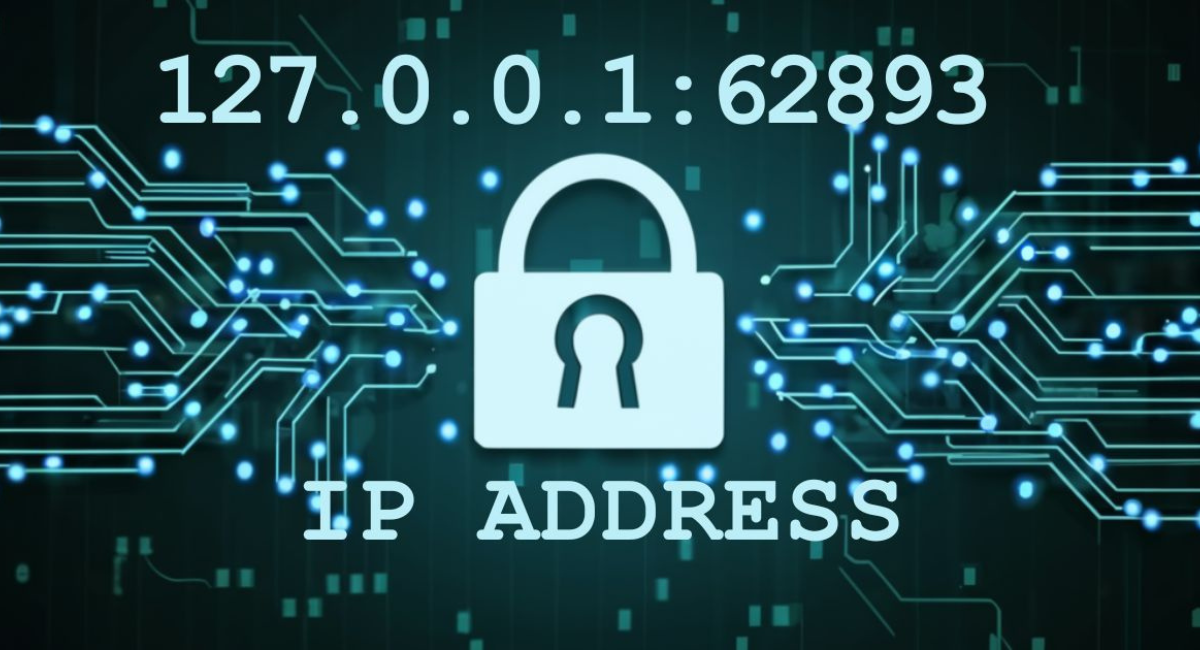In the 127.0.0.1:62893 realm of computer networking and software development, understanding how to set up and manage local communication is crucial. One fundamental concept is the use of localhost addresses, specifically the IP address 127.0.0.1. This address, often paired with various ports, allows developers to test and run applications locally before deploying them to production environments. This article delves into the specifics of localhost communication using the address 127.0.0.1 and port 62893, providing insights into its setup, uses, and troubleshooting.
What is Localhost and the IP Address 127.0.0.1?
Localhost is a hostname that refers to the current device used to access it. It’s a loopback address that is used for testing and development purposes. The IP address 127.0.0.1 is commonly associated with localhost and is a part of the loopback address range defined by the Internet Engineering Task Force (IETF). This address is used to establish a network connection to the same machine, allowing software running on the local device to communicate with itself.

Understanding Port 62893
Ports are communication endpoints used by network applications to send and receive data. When combined with an IP address, a port number directs traffic to the specific service or application. Port 62893 is just one of the many available ports and does not have a predefined function. Instead, it can be used by various applications for local communication purposes. In the context of 127.0.0.1:62893, this port is utilized by services running on your local machine, providing a way for applications to communicate without involving external networks.
Setting Up Localhost Communication with 127.0.0.1:62893
To effectively use 127.0.0.1:62893 for localhost communication, follow these steps:
- Assign a Service to Port 62893:
- Configure the application or service you wish to run to listen on port
62893. This might involve setting parameters in configuration files or using command-line arguments. For instance, if you’re developing a web server, you might configure it to bind to127.0.0.1and listen on port62893.
- Configure the application or service you wish to run to listen on port
- Access the Service Locally:
- Open a web browser or a network client tool on the same machine and navigate to
http://127.0.0.1:62893. This should direct you to the service running on port62893if it’s properly set up.
- Open a web browser or a network client tool on the same machine and navigate to
- Verify Connectivity:
- Use tools like
netstatorssto ensure that the port62893is actively listening for connections. For example, runningnetstat -an | grep 62893in the terminal will show if the port is open and accepting connections.
- Use tools like
- Configure Firewall Settings:
- Although
127.0.0.1is used for local communication and typically doesn’t require external firewall adjustments, ensure that any local firewall or security software allows traffic through port62893for the applications you’re testing.
- Although
Common Use Cases for 127.0.0.1:62893
- Web Development:
- Developers often use
127.0.0.1with various ports to test web applications locally. Port62893might be assigned to a development server to test a web application before deploying it to a live environment.
- Developers often use
- Database Testing:
- Databases such as MySQL or PostgreSQL can be configured to listen on
127.0.0.1:62893for local connections, allowing developers to test database queries and interactions without affecting a production database.
- Databases such as MySQL or PostgreSQL can be configured to listen on
- API Development:
- When developing APIs,
127.0.0.1:62893can be used to host and test API endpoints locally. This setup allows developers to debug and refine their APIs before making them publicly available.
- When developing APIs,
- Network Security Testing:
- Security professionals use localhost addresses and ports to simulate attacks and test the security of network services in a controlled environment.
Also Read : 10.10.10.2 in Network Security | 192.168.0.200 for Router and Device
Troubleshooting Common Issues
- Port Not Listening:
- If you cannot connect to
127.0.0.1:62893, ensure that the application or service is configured correctly and actively listening on the port. Check the service logs for errors or misconfigurations.
- If you cannot connect to
- Address Already in Use:
- If you encounter an error indicating that the port is already in use, another application might be using port
62893. Use commands likenetstatorlsofto identify and resolve conflicts.
- If you encounter an error indicating that the port is already in use, another application might be using port
- Firewall or Security Software Blocking Connections:
- Verify that local firewall settings or security software are not blocking traffic to port
62893. Adjust rules or settings as needed to allow communication.
- Verify that local firewall settings or security software are not blocking traffic to port
- Incorrect Configuration:
- Double-check the configuration settings for both the application and the port. Ensure that the IP address and port are correctly specified and that there are no typos or syntax errors.
Advanced Configuration and Usage
- Virtual Hosts and Port Forwarding:
- For more advanced setups, you can configure virtual hosts to map different local services to specific domains using
127.0.0.1:62893. Port forwarding rules can also be set up to redirect traffic from other ports to62893for specific use cases.
- For more advanced setups, you can configure virtual hosts to map different local services to specific domains using
- Testing Across Different Devices:
- Although
127.0.0.1is used for local testing, you can simulate network environments involving multiple devices by using your machine’s local IP address instead of127.0.0.1. This approach allows you to test network communication between devices on the same local network.
- Although
Also Read : 10.0.0.0.1 in Network Configurations | Golden State Warriors vs Phoenix Suns Match Player Stats
Conclusion
The combination of 127.0.0.1 and port 62893 is a powerful tool for local communication and testing in various development and network environments. Understanding how to configure and troubleshoot this setup can significantly enhance your ability to develop, test, and secure applications effectively. By following the guidelines outlined in this article, you can leverage 127.0.0.1:62893 to create robust, reliable, and efficient local communication setups, paving the way for successful software development and network management.
